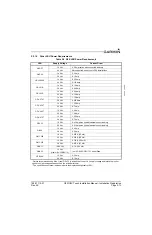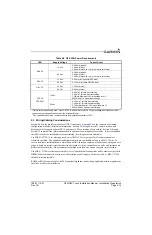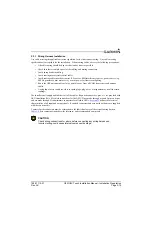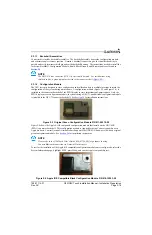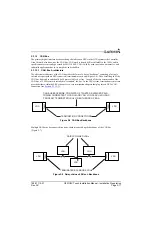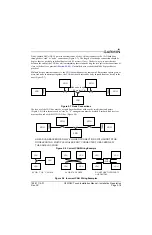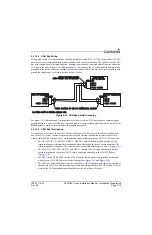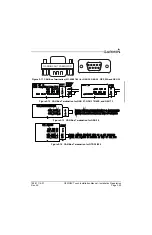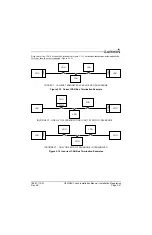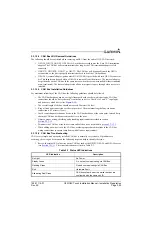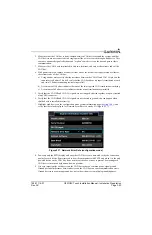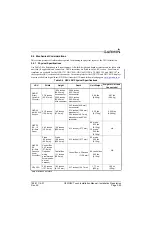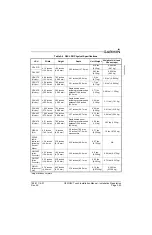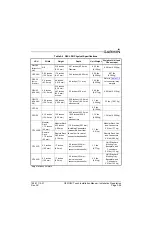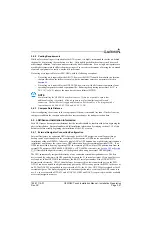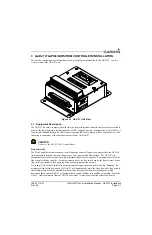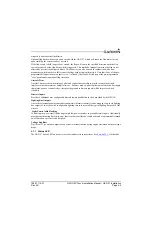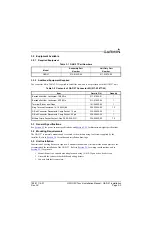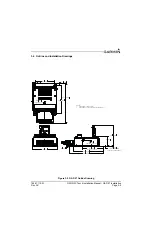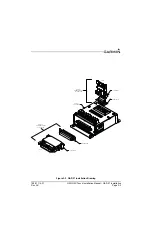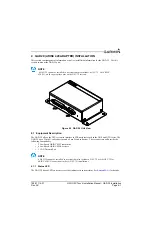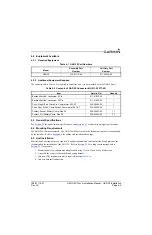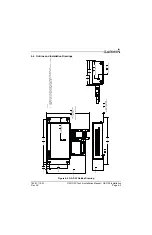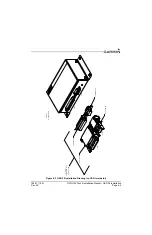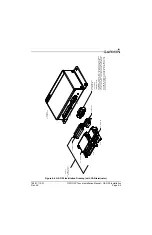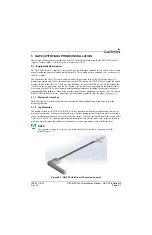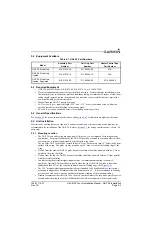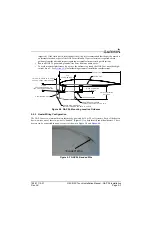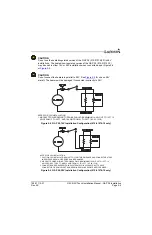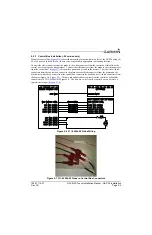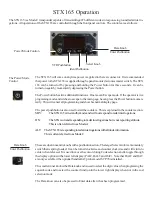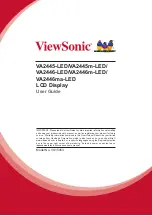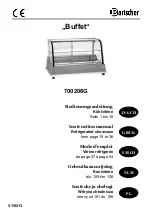
190-01115-01
G3X/G3X Touch Installation Manual - Installation Preparation
Rev. AC
Page 2-27
2.4.2 Cooling Requirements
While no forced cooling air is required for the G3X system, it is highly recommended that the air behind
the panel be kept moving (by ventilation or a fan). Units tightly packed in the avionics stack heat each
other through radiation, convection, and sometimes by direct conduction. Even a single unit operates at a
much higher temperature in still air than in moving air. Fans or some other means of moving the air around
electronic equipment are usually a worthwhile investment.
No cooling air is required for most G3X LRUs, with the following exceptions:
•
No cooling air is required for the GSU 73, however the GSU 73 should be mounted in a location
that provides adequate airflow to comply with the maximum outer case temperature listed in
.
•
No cooling air is required for the GTR 20/200, however, as with all electronic equipment, lower
operating temperatures extends equipment life. Reducing the operating temperature by 15° to
20°C (27° to 36°F) reduces the mean time between failures (MTBF).
NOTE
Avoid installing the G3X LRUs near heat sources. If this is not possible, ensure that
additional cooling is provided. Allow adequate space for installation of cables and
connectors. The installer will supply and fabricate all of the cables. All wiring should be
in accordance with FAA AC 43.13-1B and AC 43.13-2B.
2.4.3 Compass Safe Distance
After reconfiguring the avionics in the cockpit panel, if the unit is mounted less than 12 inches from the
compass, recalibrate the compass and make the necessary changes for noting correction data.
2.5 LRU/Sensor Installation Information
Each LRU/sensor has unique considerations that the installer should be familiar with before beginning the
physical installation. Become familiar with all installation information by studying sections 3-18 of this
document before actually beginning the installation of the LRUs/sensors.
2.5.1 External Navigator Connection/Configuration
External Navigators are connected LRUs that can be used for GPS navigation, as well as providing a
backup source of position data in the event that all other sources of GPS data are unavailable. For
installations without a GPS 20A, failure of a single GDU or GPS antenna (in a multi-display/multi-antenna
installation) would cause the system to use GPS information from the remaining functional GDU. If no
GPS data is available from any operating GDU, the remaining GDUs will use GPS position data from an
external GPS navigator (GNS 400/500, GNS 480, or GTN 600/700 series unit, see
or
) if installed/configured (accuracy will be degraded when using an external GPS navigator).
The G3X automatically assigns the hierarchy of any connected external navigation devices. The first
device found (by software) with GPS capability becomes the #1 external navigator. If two equal devices
are found (as in dual GTN/GNS installations), the RS-232 serial port number of the GDU 4XX/37X
determines the hierarchy. GTN #1 should always be connected to a lower numbered port on the PFD.
GTN #2 can be connected to a higher numbered port on the PFD or to any port in the MFD. In the case of
an SL 30 or GNC 255 being added to a system with a GTN, the SL 30 or GNC 255 gets assigned as the #2
external navigator. The hierarchy applies to the entire navigation radio even if only the GPS source is in
use. So, in a system with a GTN 625 and a GNC 255, GPS1 and NAV2 (respectively) would be available
as external navigation sources.

